Japan, known for its safety, efficiency, and high standard of living, is one of the top destinations for both work and long-term residence. Whether you’re an expat, student, or investor, understanding the apartment market in Japan is essential for making smart housing decisions. This guide explores rental and purchase options, average income levels, and key factors to consider when looking for apartments in Japan.
Overview of the Japanese Apartment Market
Japan’s real estate market offers a diverse range of housing options, from compact city apartments in Tokyo to more spacious residences in suburban areas such as Sapporo or Fukuoka. Properties in central districts are often smaller in size but well optimized for functionality and are typically located near public transportation, shops, and offices. Meanwhile, housing in outer-city regions offers more living space, quieter surroundings, and often lower rental or purchase prices.
Despite Japan’s modern infrastructure and lifestyle, many rental practices still follow long-standing customs. It’s common for tenants to pay a non-refundable key money fee (reikin), along with deposits and agency charges. Landlords also frequently ask for a guarantor, which can be challenging for non-Japanese residents, although some agencies now provide guarantor support services.
In recent years, more foreign nationals have started to explore housing opportunities in Japan, especially in large cities and growing regional hubs. With the national population shrinking and vacancy rates rising in some areas, there are increasing chances to secure reasonably priced properties, whether you’re renting short-term or planning to buy long-term.
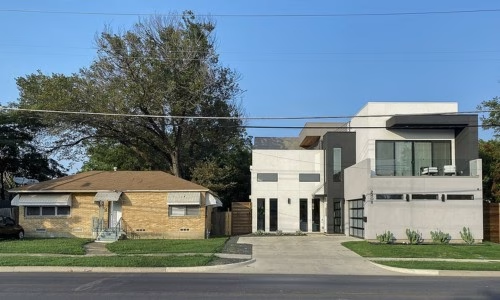
Spacious homes beyond city centers
Types of Apartments in Japan
Searching for a home in Tokyo? Before diving into listings, it’s helpful to get familiar with how apartment details are typically presented in Japan. Recognising key terms related to layout and building types will make your search smoother, whether you’re looking to rent or buy.
- Apāto (アパート) refers to low-rise residential buildings, usually made from wood and standing two or three stories tall. These are often located in suburban neighbourhoods and tend to be more affordable due to their simpler construction and basic features.
- Manshon (マンション) describes apartment buildings made with reinforced concrete. These are typically mid- to high-rise structures offering stronger soundproofing, better durability, and often including added features like elevators, security entry systems, and improved climate insulation.
- 1K, 2LDK, 3DK, and similar abbreviations define the unit’s floor plan. A 1K indicates a single room with a separate kitchen, while 2LDK includes two bedrooms plus a living, dining, and kitchen area. The more letters and numbers, the larger and more suitable the unit is for families or shared living.
Understanding these common terms is crucial when navigating real estate platforms, especially if you’re exploring apartments in Tokyo for sale or long-term rentals. They allow you to compare different properties quickly and identify which options match your space requirements and lifestyle.
How to Rent an Apartment in Tokyo and Beyond
Renting a home in Japan is manageable once you understand the key steps. Tenants are usually required to cover several upfront costs, including shikikin (security deposit), reikin (key money), a brokerage fee, and one month’s rent. These charges can add up quickly, so it’s important to plan your budget.
Most landlords also ask for a guarantor, often a Japanese citizen. However, if you don’t have one, some agencies offer guarantor company services for an additional fee, which is now common for foreign renters.
Language can be a challenge, especially during paperwork and contract review. To simplify the process, use platforms that support English, such as ARealty, SUUMO (with English search options), or GaijinPot Housing, all designed to assist non-Japanese speakers.
For newcomers, choosing a furnished short-term rental is a practical first step. It reduces paperwork and allows more flexibility while you settle in. When applying, have essential documents ready, like your residence card, proof of employment or income, and a valid ID.
By preparing in advance and using the right tools, renting in Japan, even as a foreigner, can be a smooth and stress-free process.

Rental process simplified for foreigners
Buying an Apartment in Japan
Purchasing an apartment in Tokyo is a strategic choice for individuals planning to live long-term in Japan or invest in the local real estate market. One of the key advantages is that foreign buyers are allowed to own property in Japan outright; there’s no requirement for residency or Japanese citizenship.
Highly sought-after districts such as Shibuya, Minato, Setagaya, and Meguro are especially popular among buyers due to their excellent infrastructure, convenient public transportation, reputable schools, and vibrant communities.
If you’re searching for an apartment for sale in Tokyo, consider the following essential steps:
- Partner with a real estate agent who has experience working with international clients
- Be aware that buyers without permanent residency may face more limited loan options, and cash purchases are often preferred in these cases
- Carefully evaluate the condition of the building, including its age, potential renovation costs, and ongoing maintenance fees
The cost of apartments in Tokyo for sale can differ significantly depending on location, size, and amenities. A smaller property in a suburban ward might start around ¥30 million, whereas a spacious unit in a central neighbourhood can easily exceed ¥100 million, especially in high-demand zones close to major train stations and business hubs.
Where to Live: Best Cities and Neighbourhoods
Each major Japanese city offers a distinct lifestyle and housing market, so it’s important to consider what fits your long-term goals.
- Tokyo is fast-paced, highly developed, and one of the top choices for both career opportunities and real estate investment. While property here is among the most expensive in Japan, it also offers the strongest rental demand and resale potential.
- Osaka is lively and more budget-friendly, with a relaxed vibe and lower property prices. It appeals to younger buyers and those seeking better value for money.
- Fukuoka has become a rising star for families and remote workers. With its balance of modern amenities, affordability, and livability, it’s also attracting startups and investors.
- Kyoto and Sapporo, known for culture and a slower lifestyle, are gaining popularity among renters and second-home seekers, though their resale value may not match Tokyo’s.
If you’re seriously considering buying an apartment in Tokyo, focus your search on neighbourhoods with strong infrastructure, good schools, and easy access to major transport lines. These areas tend to hold their value well over time.
Income & Cost Considerations
Housing affordability in Japan is closely tied to income levels, which vary by region and household type. Understanding these numbers can help you make informed decisions when choosing between renting and buying.
The average annual income in Japan is approximately ¥4.5 to ¥5 million (around $30,000–35,000 USD). The median income nationwide stands at about ¥4.4 million, while the average household income in Japan is slightly higher, at around ¥5.6 million per year.
In Tokyo, where living costs are notably higher, earnings are also more competitive. The average income in Tokyo typically ranges from ¥6.3 to ¥6.7 million annually. This higher figure reflects the concentration of corporate headquarters and international businesses in the capital. As a result, the average salary in Tokyo is significantly above the national average.
The Japanese middle class generally earns between ¥3.5 and ¥7 million per year, with the average middle-class income hovering around ¥5 million. These income benchmarks are essential when assessing what kind of apartment is affordable and which cities or neighbourhoods fit your budget, especially if you’re considering long-term investment or relocating for work.
Apartment Search Tips for Foreigners
When searching for a home in Japan, especially in Tokyo, it’s important to use reliable resources. Start by exploring platforms like real estate. Japan, ARealty, or Tokyo Apartments for Sale, which offer listings tailored to both local and international buyers.
If you’re based in Japan or planning a visit, try to tour the property in person. This allows you to spot issues that photos might not reveal and gives you a clearer idea of the surrounding area. Be sure to ask about additional fees such as maintenance charges, repair funds, or renewal costs that may not be listed upfront.
Don’t forget to check practical details like earthquake safety, insulation quality (especially important in winter), and whether high-speed internet is available in the building.
It’s also a good idea to confirm whether the apartment permits pets, subletting, or short-term rental platforms like Airbnb, as many buildings have strict rules.
For those concerned about housing costs in Tokyo, consider more budget-friendly neighbourhoods outside the city’s core, such as Setagaya, Nerima, or Koto, where prices tend to be lower while still offering good transport access and amenities.
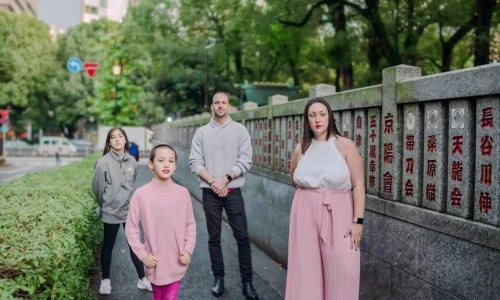
Review insulation and safety features
Conclusion
If you’re considering a long-term rental, buying your first property, or exploring apartments in Tokyo for sale, Japan offers a variety of options. Your choice should reflect your budget, lifestyle, and plans, whether to live, work, or invest.
With housing needs shifting across the Japanese middle class and major cities like Tokyo continuing to evolve, now is a great time to enter the market. Platforms like ARealty make it easier for both locals and foreigners to find properties that suit their goals.
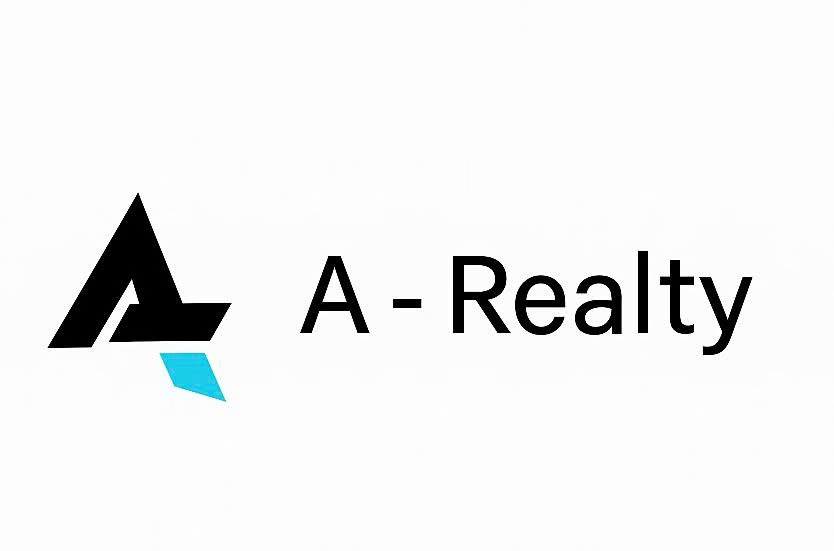
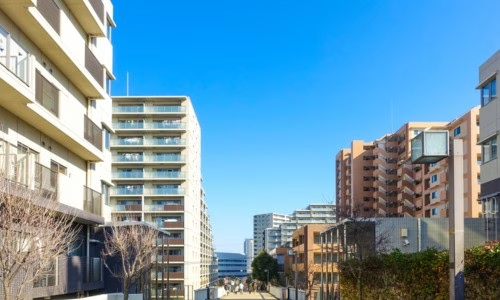

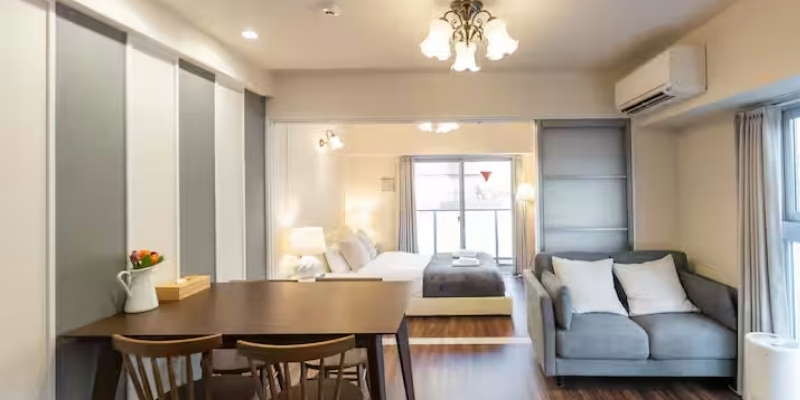


Leave a Reply